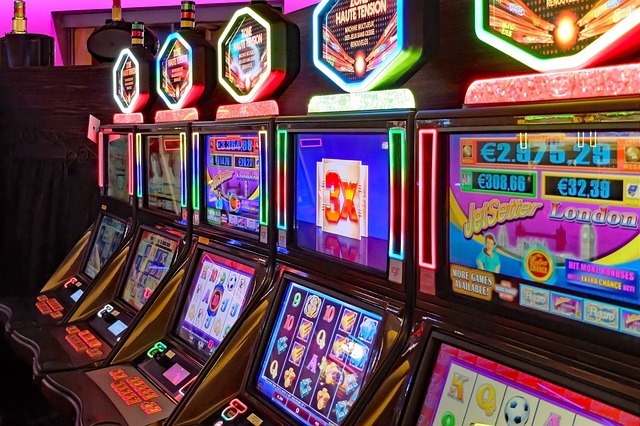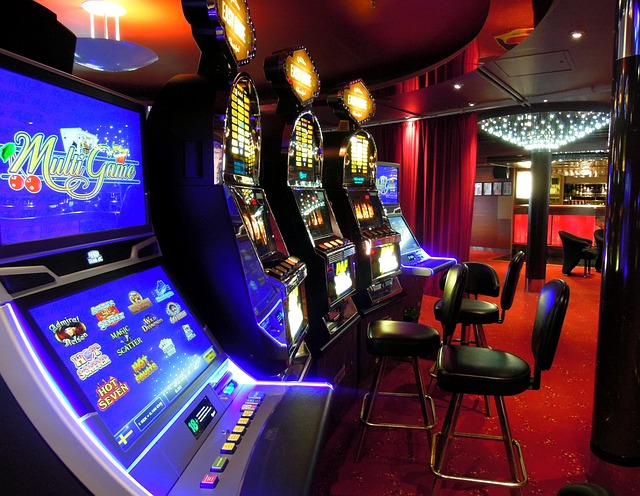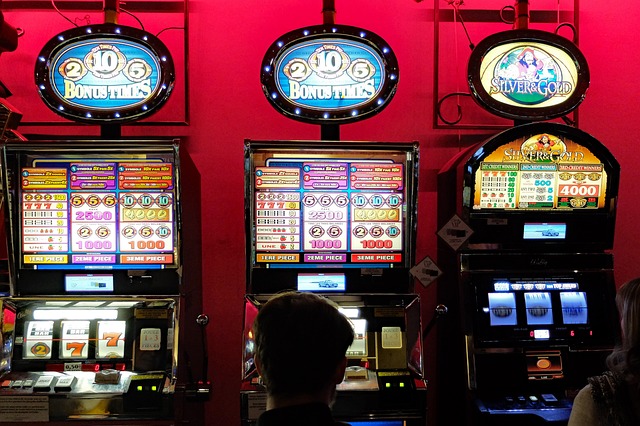When the auctioneer’s hammer hits, a rustle of excitement envelops the room: every bid is a leap into the void, every work of art purchased, a leap into the dark of high-risk investment. While some navigate the digital seas to bet online, others launch themselves into the turbulent waters of art auctions, where the value of a paintbrush can fluctuate more wildly than ever.
Historical Buds of the Art Game
History tells us that as early as the Renaissance, legendary figures like the Medici family were making bold bets, financing emerging artists in the hope that their touch would turn canvas and paint into gold. These early patrons not only painted the course of art history, but played a financial game of great skill, where success led to untold riches and prestige.
The Golden Age of Auctions

With the dawn of the 19th century, art auctions rose to events of the grandest scale. The creation of institutions like Christie’s and Sotheby’s set in motion a global theater in which the world’s elite competed in a dance of bidding. The auction of James de Rothschild’s collection in 1882, for example, was an event that attracted the eyes of the entire world, transforming pieces of canvas and paint into banners of status and power.
Inside the Collector’s Mind
Behind every hand raised in an auction room lies a map of intricate motivations. Some chase the thrill of “auction fever,” a euphoria that can push a work’s value far beyond its objective estimate. It’s a psychological dance, where every step, every bid, is driven as much by the desire to own as the lust for victory.
Art Bubbles
The art market is notoriously susceptible to speculative bubbles. The 1980s saw the meteoric rise and fall of contemporary artists like Basquiat and Haring, showing how quickly euphoria can inflate and then deflagrate, leaving behind a minefield of failed investments and evaporated fortunes.
Risk Analysis in Art Investing

Investing in art involves risk analysis that goes beyond aesthetic value. Experts and collectors rely on complex assessments that include provenance, rarity, and market trends to predict future profitability. This process turns every purchase into a calculated decision, similar to a move in a chess game, where strategy and intuition play crucial roles. Successfully navigating this intricate maze can lead to substantial gains, but every misstep risks turning into a costly mistake.
Conclusion: Art as a Global Casino
Navigating the world of art auctions is a journey through a stormy sea, where every bid can be a stroke of luck or a pit of losses. Auction rooms, with their echoes of hammers and whispers, act as global casinos where the highest of stakes are played: the intrinsic beauty of the art itself. Here, risk mixes with the ecstasy of conquest, in a game that, throughout the centuries, has lost none of its charm, nor its ability to seduce and destroy.
